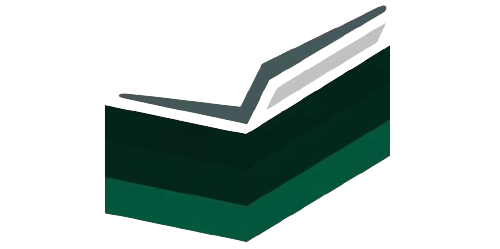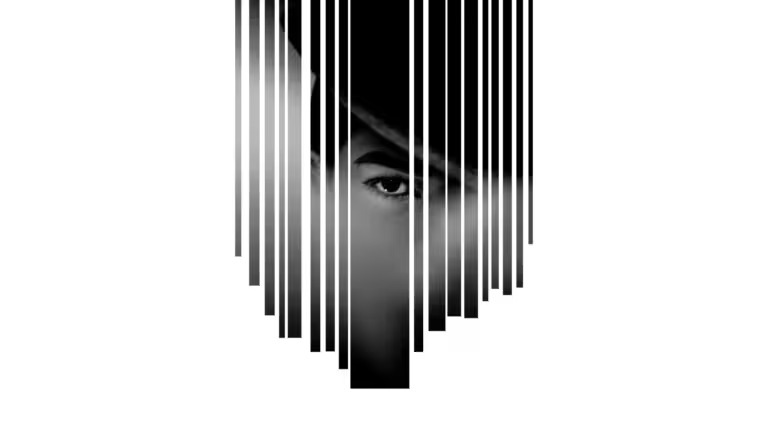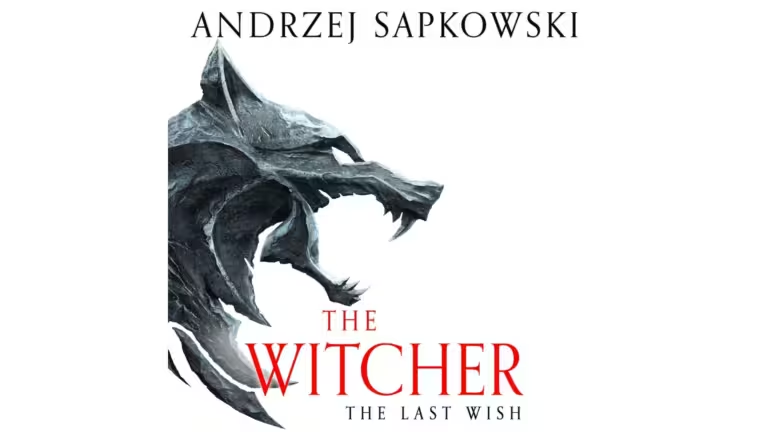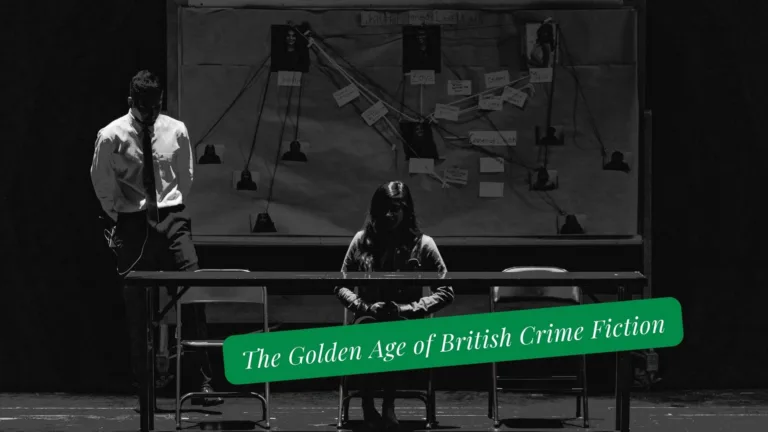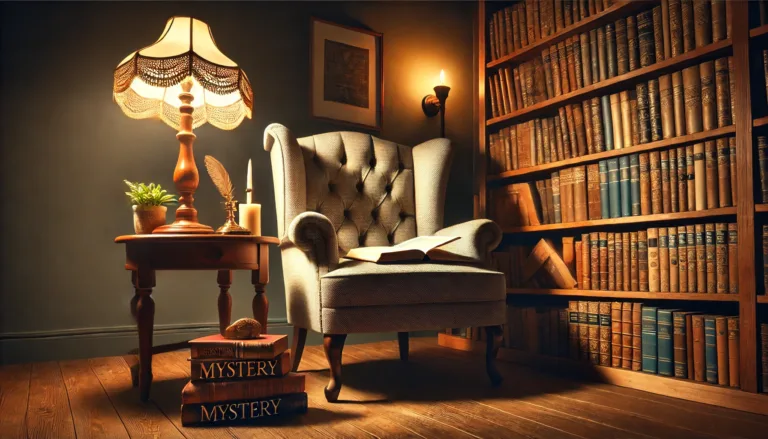If you’re like me, you’ve probably spent countless hours lost in magical worlds filled with dragons, wizards, and epic quests. But while Western fantasy has given us unforgettable tales like The Lord of the Rings and The Name of the Wind, there’s a whole other realm of fantasy literature waiting to be explored: Eastern fantasy.
When I first stumbled upon Eastern fantasy, I was immediately captivated by how different it felt from the Western fantasy I’d grown up reading. Gone were the familiar tropes of chosen ones wielding magical swords against dark lords. Instead, I found myself immersed in tales of immortal cultivators, spiritual journeys, and complex systems of magic deeply rooted in Asian philosophy and mythology.
The Essence of Eastern Fantasy
Eastern fantasy, primarily drawing from East Asian cultures like China, Japan, and Korea, offers a refreshingly different approach to magical storytelling. While Western fantasy often gives us tales of knights battling dragons in medieval European-inspired settings, Eastern fantasy presents us with worlds where the line between the mortal and divine is delightfully blurry.
The differences between Eastern and Western fantasy go far deeper than just setting and mythology. Western fantasy often gives us clear-cut battles between good and evil, with chosen heroes facing off against dark forces. It’s like a chess game where the pieces are clearly black and white.
Eastern fantasy, however, is more like a game of Go—complex, nuanced, and focused on balance rather than opposition. The conflicts often center on personal cultivation and spiritual growth rather than external battles (though there are plenty of those too!). Heroes might not be trying to save the world; instead, they’re seeking enlightenment or immortality, and the journey itself is as important as the destination.
Flavours of Chinese Fantasy
Take Chinese fantasy, for instance. Unlike Western stories where gods are often distant figures, Chinese fantasy frequently features mortals who can ascend to godhood through cultivation and spiritual practice. Imagine that—a fantasy world where becoming a deity is less about being chosen by prophecy and more about personal cultivation and understanding! This concept alone adds layers of complexity to character motivations and plot development that you rarely see in Western fantasy.
Let’s break down the main types of Chinese fantasy, because trust me, knowing these will help you navigate the genre like a pro:
- Wuxia: Think of this as martial arts fantasy, but don’t expect Harry Potter with kung fu. Wuxia stories, set in ancient China, feature heroes with superhuman martial abilities who follow a strict code of honor. While magic is rare, the martial arts are so advanced they might as well be magical. If you’ve ever watched “Crouching Tiger, Hidden Dragon,” you’ve got a taste of wuxia.
- Xianxia: Now, take wuxia and add immortals, demons, and divine beings to the mix. Xianxia stories incorporate elements from Taoism and Buddhism, often following characters on their journey to immortality. These tales are perfect if you love the idea of martial arts but want more overt fantasy elements.
- Xuanhuan: This is where things get really interesting. Xuanhuan breaks free from traditional Chinese settings and blends elements from various cultures. Think of it as the fusion cuisine of fantasy literature—traditional Eastern elements mixed with creative new influences.
Flavour of Japanese Fantasy
While Chinese fantasy often focuses on cultivation and immortality, Japanese fantasy brings its own unique flavors to the table. From historical fantasy featuring samurai and shoguns to modern isekai tales, Japanese fantasy offers something for every taste.
Traditional Japanese fantasy often draws from the country’s rich historical periods and folklore. If you’ve ever been captivated by tales of noble samurai or political intrigue in feudal Japan, you’ll find plenty to love here. These stories blend historical elements with supernatural aspects, creating a mesmerizing tapestry where honor, duty, and magic intertwine.
But Japanese fantasy isn’t all serious historical drama. The country’s folklore has given us delightful tales like Momotaro (the Peach Boy) and the yokai (supernatural creatures) that still capture imaginations today. These stories often feature a charming blend of the mundane and magical that’s distinctly Japanese.
Modern Japanese fantasy, however, is where things get really interesting. If you’re familiar with manga and anime, you’ve probably encountered some of these tropes without realizing they’re part of a broader fantasy tradition. Unlike the sprawling epic fantasies popular in the West, Japanese fantasy often explores different narrative structures:
- LitRPG: Stories where game-like elements (levels, skills, stats) are integral to the plot
- Portal Fantasy: Tales of ordinary people transported to magical worlds
- Reincarnation Stories: Narratives where characters are reborn in fantasy worlds, often with their previous memories intact
These modern Japanese fantasy elements have become so popular that they’ve influenced fantasy writers worldwide, creating a fascinating cross-cultural exchange of ideas.
Recommended Starting Points
Ready to explore Eastern fantasy? Here are some accessible entry points based on your interests:
For Chinese Fantasy Lovers:
- Heaven Official’s Blessing (天官赐福) by Mo Xiang Tong Xiu – A beautiful xianxia novel that blends romance, fantasy, and mythology. The story follows a former crown prince who ascends to godhood three times and falls in love with a mysterious demon king. If you’re new to cultivation novels, this is a perfect starting point as it balances world-building with engaging character development.
- The Legend of Sun Knight by Yu Wo – A clever subversion of typical fantasy tropes that follows a knight who must maintain a perfect, saintly image while being anything but. It’s a great introduction to Chinese fantasy with a healthy dose of humor.
- The Grace of Kings by Ken Liu – Epic fantasy inspired by Chinese history and mythology.
For Japanese Fantasy Enthusiasts:
- The Beast Player (獣の奏者) by Nahoko Uehashi – A beautifully crafted fantasy about a young woman who can communicate with magical beasts. It’s more thoughtful and nuanced than typical Western fantasy, focusing on the relationship between humans and nature.
- Moribito: Guardian of the Spirit by Nahoko Uehashi – A standalone novel that offers a perfect entry point into Japanese fantasy, featuring a female bodyguard protecting a young prince from both human and supernatural threats.
- The Sword of Kaigen by M.L. Wang – A modern take on Japanese-inspired military fantasy.
Remember, many of these works have been translated into English, making them more accessible to international readers. Some might take a bit of adjustment if you’re used to Western fantasy conventions, but that’s part of the adventure! The different storytelling styles and cultural perspectives these books offer make them uniquely engaging.
One quick tip: when starting with translated works, especially those originally written in Chinese or Japanese, you might want to keep a quick note of character names as you read. Unlike Western names, Eastern names might be unfamiliar at first, but don't let that deter you—the stories are well worth the extra effort.
Have you read any of these? Or do you have other Eastern fantasy recommendations to share? Let me know in the comments below! Or check out other genres here.
